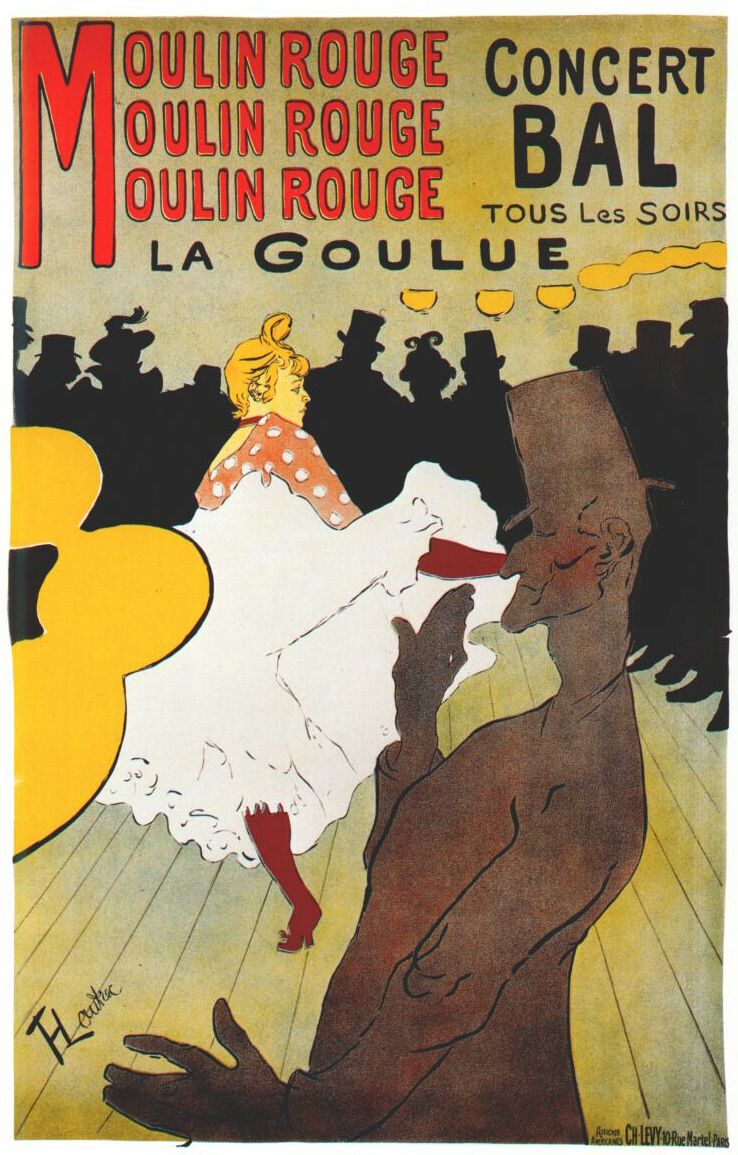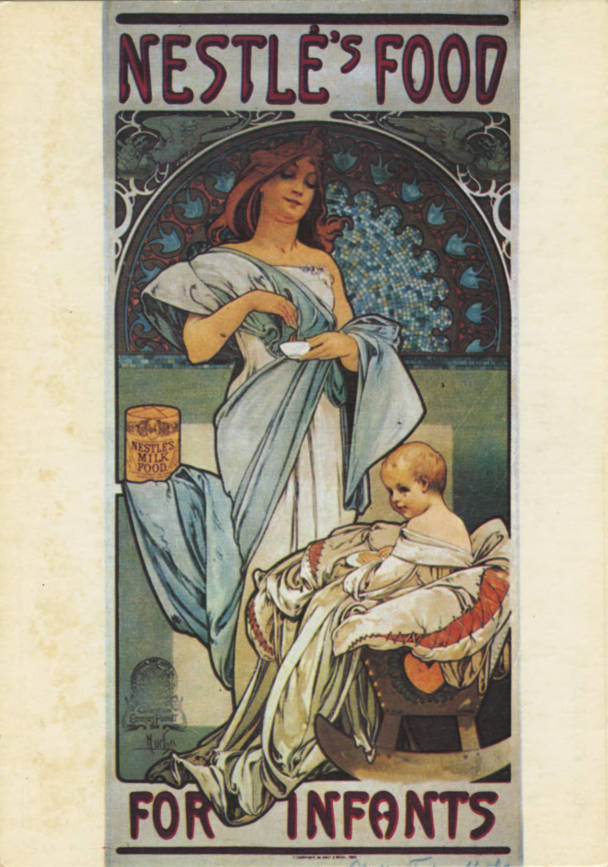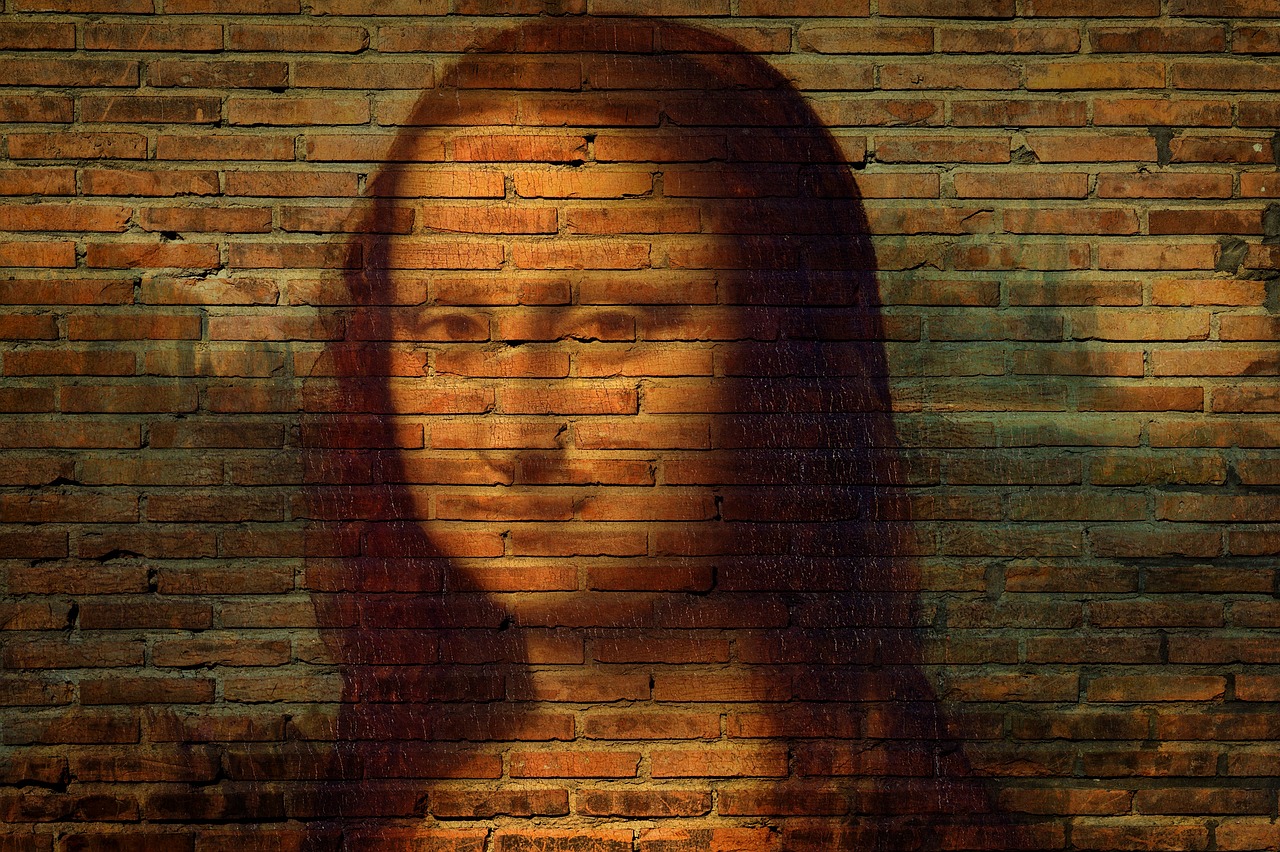Artvertising, which is – as the name suggests – an effective combination of the commercial world of advertising and the realm of art, has amazing potential for stakeholders in the media environment. It provides brands with original advertising and allows the viewer to be entertained by advertising that goes beyond “the usual”. And the artist in turn has a commission that can make him or her visible – sometimes globally. The artist has a unique chance to cross the threshold of an exhibition gallery and reach a wide public, including many people who may not have known his or her work until then.
Infiltration of art into advertising
Advertising as such includes artistic elements – be it the art of words, images, or music. It cannot do without creative thinking and originality, so in a way, high-quality advertising could also be described as art. In an attempt to enhance the originality of the advertising work, many creatives cross the boarders and often stray into the realm reserved for artists. Art can be incorporated into advertising in a variety of ways:
- inspiration from historical works of art,
- involvement of artists in creative production,
- use of music and famous musicians in advertising.
Artvertising can appeal both to the masses and to more demanding audiences who may not be quite comfortable with traditional forms of advertising.
Legal background of the use of works of art
Legally, most works of art are protected by copyright. It is therefore not possible to copy works of art and use them for commercial purposes. However, there are works of art that are considered to be in the public domain. Such works, which include, for example, Vincent van Gogh’s famous self-portrait, are freely available for non-commercial and commercial use. The fame of such works and the prestige of their authors can add dignity and splendour to advertisements.
Artvertising history
This concept emerged at the beginning of the 20th century. But the real history of artvertising is longer. For example, in thermopolia (the predecessors of today’s fast-food restaurants) in ancient Pompeii, beautiful artistic paintings of animals and food were used to attract customers. Advertising has been around forever, and so has art.
A typical example of an artist who successfully rode the waves of advertising is the French painter Henry de Toulouse-Lautrec (1864-1901), a contemporary of van Gogh. In 1981, he painted a poster for the renowned Moulin Rouge cabaret in Paris, which was met with a huge response. He made both Lautrec and the dance hall famous. Nowadays, we would say that Lautrec contributed significantly to the building of the Moulin Rouge brand.
 Source: Henri de Toulouse-Lautrec, Public domain, via Wikimedia Commons
Source: Henri de Toulouse-Lautrec, Public domain, via Wikimedia CommonsWorks of art as inspiration
There are two possible ways of using artwork in advertising. Firstly, the artist’s work can be used and transformed directly into an advertising message – all or part of the work can be used, or something can be added or changed. The second option is to use only a particular art movement that the artist has used, for example, Pop Art. There are a huge number of works that have been used in advertising. In addition to the self-portrait by van Gogh mentioned above, the list includes works by Da Vinci, René Magritte, Tamara de Lempicka, and the Italian painter Arcimboldo.
The most commonly used art directions in advertising
In general, any artistic style can be used in advertising, but some of them are preferred. This is especially true of Pop Art with its typical representative Andy Warhol, the famous painter, magazine illustrator and graphic designer, filmmaker, and director of avant-garde films. Pop art is characterised by the use of primary colours and large areas of colour with themes of everyday life. An example is Andy Warhol’s famous banana, which appeared on the cover of the Velvet Underground & Nico album and was also used as a motif in an advertisement for Orbit chewing gum.
 Telrúnya, CC BY-SA 3.0, via Wikimedia Commons
Telrúnya, CC BY-SA 3.0, via Wikimedia CommonsAnother frequently used style is surrealism, led by Salvador Dalí. Surrealism is characterised by the combination of dream, reality and fantasy and the embodiment of the artist’s inner vision. In terms of artvertising, this movement is extremely interesting because it offers food for thought. The works of Salvador Dalí have been used by brands such as Lexus and Lipton.
Also worth mentioning is the Art Deco style, which was influenced by abstraction and shape deformation and used simplified shapes and bright colours. It was well received by the public mainly due to its lightness and sophistication – it appealed to both the wealthy classes and the middle class. Tamara de Lempicka was a representative of the Art Deco style whose work was reflected in advertising. Her work was the inspiration for brands such as KitchenAid.
And we must not forget Art Nouveau. Its main features were flatness, ornamentation, the use of novel colours and interesting materials, fine, graceful lines, and sometimes even elements of Japanese graphics. The paintings of the typical representative of Art Nouveau, Alfons Mucha, were used to advertise cigarettes, liqueurs, and other goods.
 Source: Jl FilpoC, CC BY-SA 4.0, via Wikimedia Commons
Source: Jl FilpoC, CC BY-SA 4.0, via Wikimedia CommonsArt is still widely used in advertising today and has become an essential part of modern marketing strategy. A variety of artistic styles and directions allow brands to create visually appealing and emotionally powerful campaigns. Art can transform ordinary advertising messages into exceptional and memorable experiences that appeal to a wide audience. The aesthetic value and emotional power of artwork can generate a deep impression and strengthen the relationship between the brand and the customer. In addition, the link between art and advertising promotes cultural development and brings new perspectives to everyday life. In this context, art becomes not only a tool to increase sales but also a means to foster creativity and innovation.
What is next
The next stop on the tour of art in advertising will be artworks that have successfully inspired famous brands and creative agencies.

